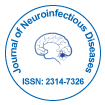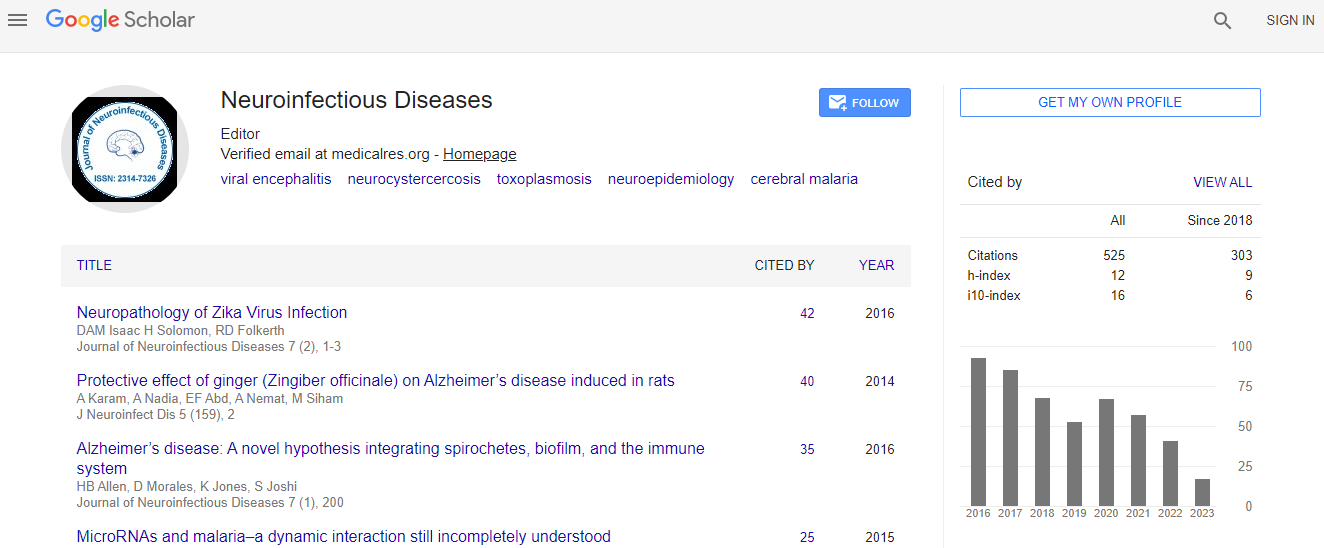Research Article
Detection of Toxoplasma DNA in the Peripheral Blood of HIV-Positive Patients with Neuro-opportunistic Infections by a Real-Time PCR Assay
Nestor Cardona1, Natalia Basto2, Beatriz Parra2, Andres Felipe Zea2, Carlos A. Pardo3, Anilza Bonelo2, and Jorge Enrique G´omez-Marin1*
1GEPAMOL (Group of Molecular Parasitology), Biomedical Research Centre, Faculty of Health Sciences, University of Quindio, AA 460 Armenia, Quindio, Colombia
2Virology Research Group, School of Basic Sciences, Faculty of Health, University of Valle, Cali, Colombia
3Department of Neurology, School of Medicine, Johns Hopkins University, Baltimore, MD 21287, USA
- *Corresponding Author:
- Jorge Enrique G´omez-Marin
GEPAMOL (Group of Molecular Parasitology), Biomedical Research Centre
Faculty of Health Sciences, University of Quindio, AA 460 Armenia, Quindio, Colombia
E-mail: gepamol2@uniquindio.edu.co
Received Date: 10 April 2011; Revised Date: 28 April 2011; Accepted Date: 29 April 2011
Abstract
We determine if peripheral blood sample could be used for diagnosis of cerebral toxoplasmosis by a real-time PCR assay and we analyzed the clinical and laboratory findings in 22 patients with confirmed cerebral toxoplasmosis compared to 27 patients with other neuro-opportunistic infections. We compared two gene targets (B1 and RE) in the Taqman-PCR real-time assay. Efficiency values were also calculated. We found that 18.8% (4/22) of cases with cerebral toxoplasmosis and 7.4% (2/27) of patients with other neuroinfections had positive results with the Taqman PCR assay. The mean number of parasites was 67.7 (SD 69.0) tachyzoites/mL in patients with cerebral toxoplasmosis and of 31.8 (SD 6.3) tachyzoites/mL in other neuroinfections. Clinical symptoms as headache were significantly less frequent and focal neurological symptoms were significantly more frequent in cerebral toxoplasmosis than in other neuroinfections. In our conditions, real-time PCR on peripheral blood samples was not useful for diagnosis of cerebral toxoplasmosis.

 Spanish
Spanish  Chinese
Chinese  Russian
Russian  German
German  French
French  Japanese
Japanese  Portuguese
Portuguese  Hindi
Hindi 
